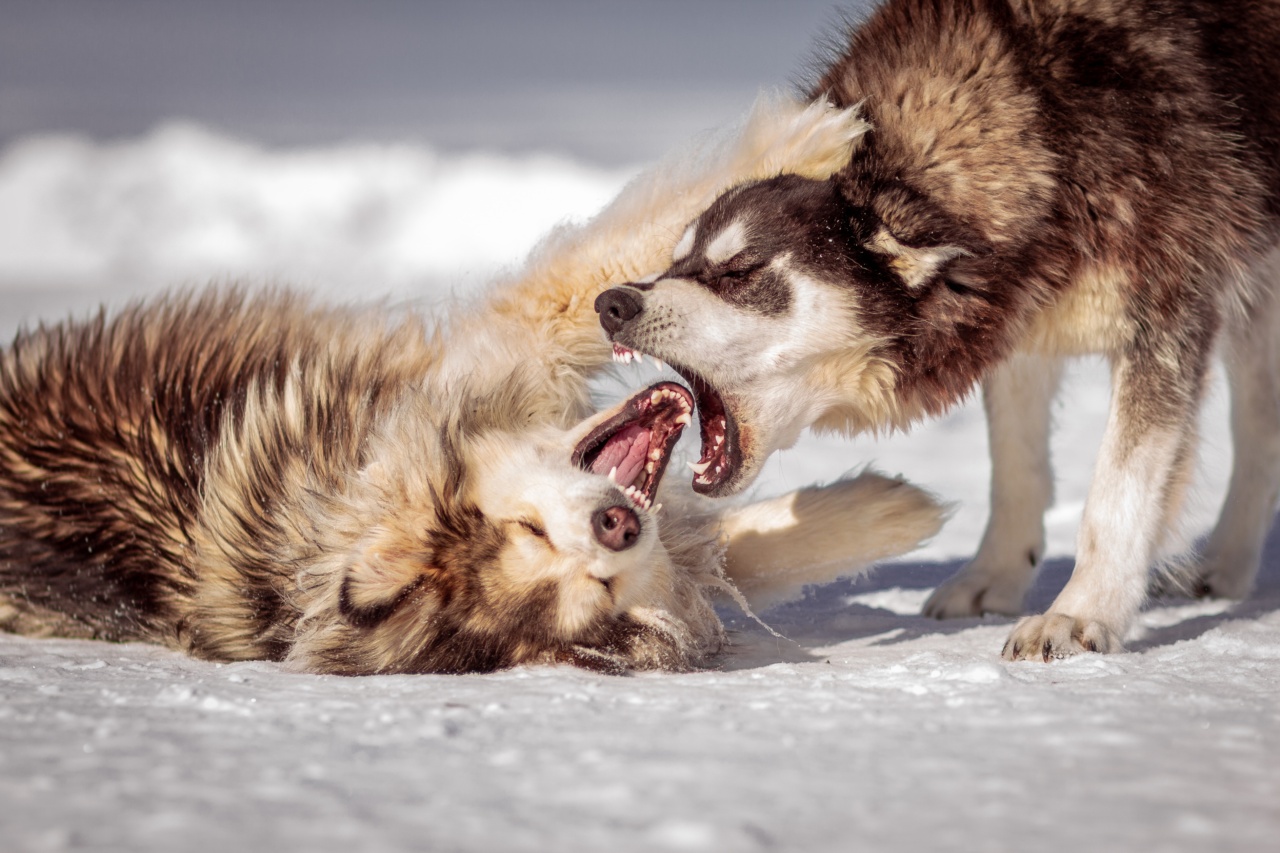Dogs have always been considered as man’s best friend. They are lovely and loyal companions that can lighten up our lives in a jiffy. With their cute faces and playful nature, they are the perfect pets for our homes.
However, concerning reports reveal that dog aggression is on the rise.
Every year, thousands of people suffer due to dog bites. In most cases, children are the victims. It is crucial to understand that dog aggression is not an inherent trait.
It is a behavior triggered by various factors, some of which we unknowingly encourage as dog owners.
Lack of Socialization
Dogs that are not adequately socialized tend to become aggressive when exposed to unfamiliar surroundings. Socialization is a process where puppies get introduced to new people, sounds, and environments.
It helps them become comfortable and confident in different situations.
Failure to socialize puppies can lead to fear and anxiety, ultimately resulting in aggressive behavior towards strangers. Additionally, dogs that are not socialized with other dogs tend to exhibit aggressive behavior towards dogs of the same breed.
Not Providing Enough Exercise
All dogs require regular exercise to maintain physical and mental health. Dogs that are not provided adequate exercise tend to become anxious, which results in destructive behavior and aggression.
Regular exercise allows dogs to release pent-up energy and keep their minds stimulated.
Additionally, dogs that are confined to small spaces like apartments without regular exercise will have limited exposure to new people, sounds, and environments, which leads to anxious behavior and aggression.
Therefore, providing regular exercise is crucial for every dog owner.
Improper Training
Dog owners sometimes unknowingly encourage aggression by using improper training techniques.
Using violent or abusive training methods, failing to reinforce good behavior, and adopting inconsistent training methods can lead to aggressive behavior in dogs.
Additionally, dog owners may unintentionally reinforce human violence in dogs by playing aggressive games like tug-of-war and wrestling. Dogs can get confused between playtime and aggression and can result in aggressive behavior towards people.
Failing To Establish Hierarchy
As pack animals, dogs naturally establish hierarchy in packs. In homes where dogs and humans coexist, it is crucial to establish oneself as the pack leader.
Dogs must understand that their owners take charge and are responsible for their protection. Without a clear understanding of hierarchy, a dog may feel that it is in charge, leading to aggressive behavior towards family members and strangers.
Medical Conditions
Medical conditions such as hypothyroidism and brain tumors can lead to aggressive behavior in dogs. Also, pain caused by an injury or illness can lead to aggression.
It is crucial for dog owners to take their pets for regular checkups and to follow up on any medical concerns.
Previous Trauma
Dogs that have undergone abuse or trauma, like being attacked by other dogs or mistreated by humans, are more prone to aggressive behavior. Trauma can lead to fear and anxiety, which can result in aggressive behavior.
These dogs require patience, love, and time to build trust with their owners. It is essential for dog owners to understand that dogs that have undergone trauma require special attention to restore their confidence and gentle behavior.
Conclusion
As responsible dog owners, it is important to understand what triggers aggression in dogs.
By ensuring adequate socialization, providing enough exercise, using proper training methods, establishing hierarchy, taking our dogs for regular check-ups, and providing an environment free of fear and trauma, we can reduce aggressive tendencies in dogs.
Most importantly, it is crucial to remember that aggression is not an inherent trait in dogs. It is a behavior that is triggered by various factors, some of which can be avoided by creating a nurturing and comfortable environment for our furry friends.































